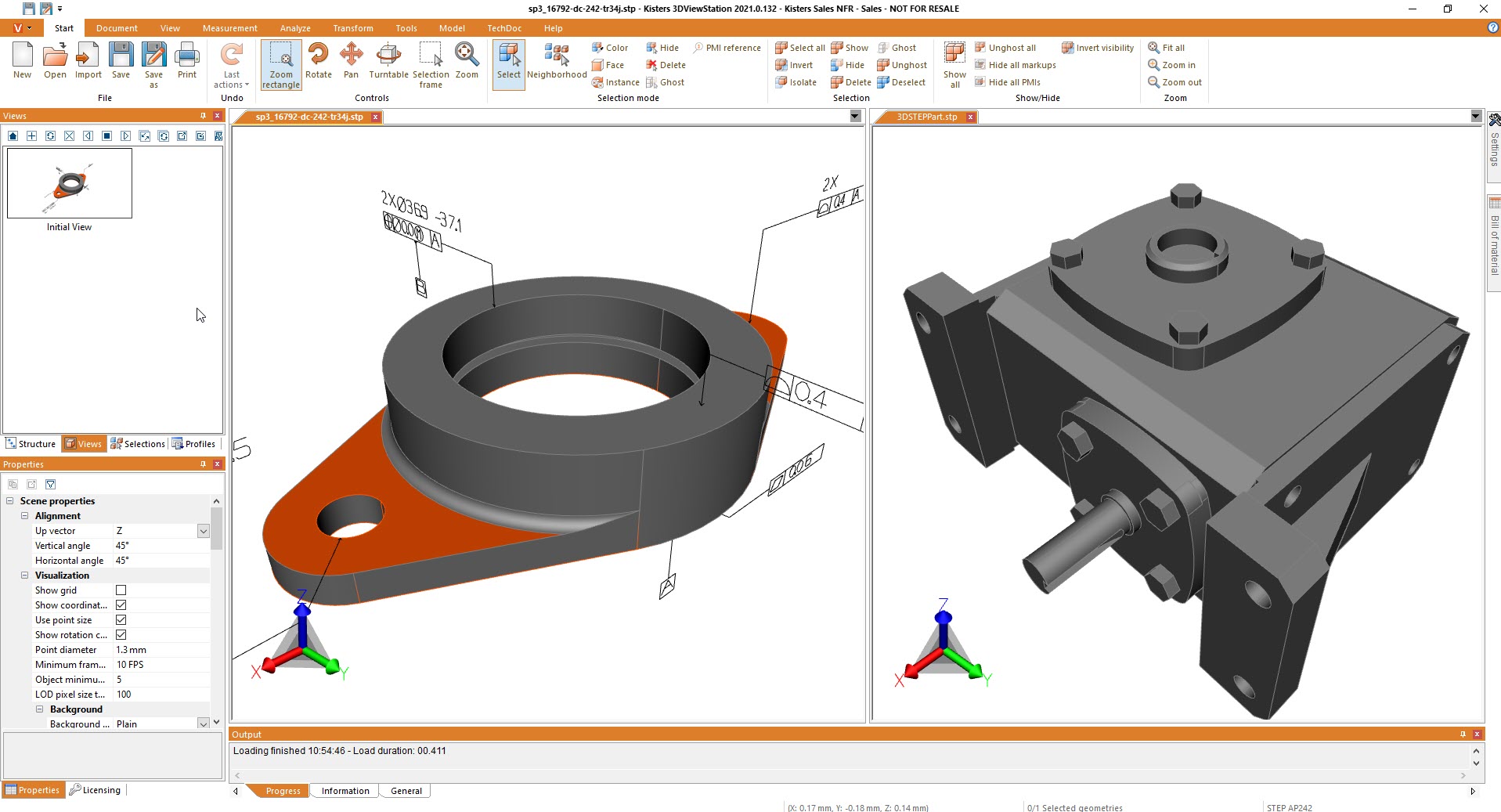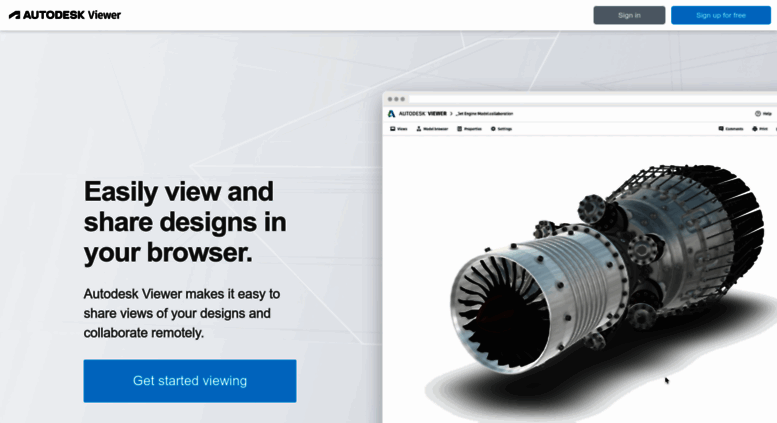
But in case of native CAD formats support (like CATIA and others) you will unlikely find any free open-source libraries. The converter may be based on Open CASCADE Technology, which is an open source framework, in case if STEP/IGES input file formats are enough (output could be your custom file format or glTF 2.0, for instance). The viewer might just display 3D model (in which case it is barely distinguishable from non-CAD viewers), or give many features like Shaded and Wireframe (not just mesh edges) modes, picking sub-parts, Clipping Boxes, clipping with capping, annotations, dimensions, explode view, HLR view, a bunch of them!Īlthough it is technically possible loading some small CAD models directly in the Browser, in general this task is expected to reside on server to improve user experience and give some protection to intellectual properties (of CAD models). HTML+JavaScript code for displaying 3D model using WebGL, as well as GUI and application-specific logic. In simplest case, this might be just a file server providing 3D model in format like glTF. The complexity of 3D Viewer backend depends on functionality provided with it and ability of viewer to handle extra-large models. Server backend implementing business logic and backend for 3D viewer.This step might include model simplification in case if you have to deal with large models. Generation of Web-friendly triangulation-based 3D model.You might need a lot of Data Connectors in case if you need supporting wide range of CAD formats, or restrict functionality to import vendor-neutral formats like STEP.


The most versatile of these is the Autodesk Viewer, which requires no software to be installed, only needing an internet browser. Below is a current list of all those available, along with the file types they can open. Autodesk provide a range of ways to view files for free.


 0 kommentar(er)
0 kommentar(er)
